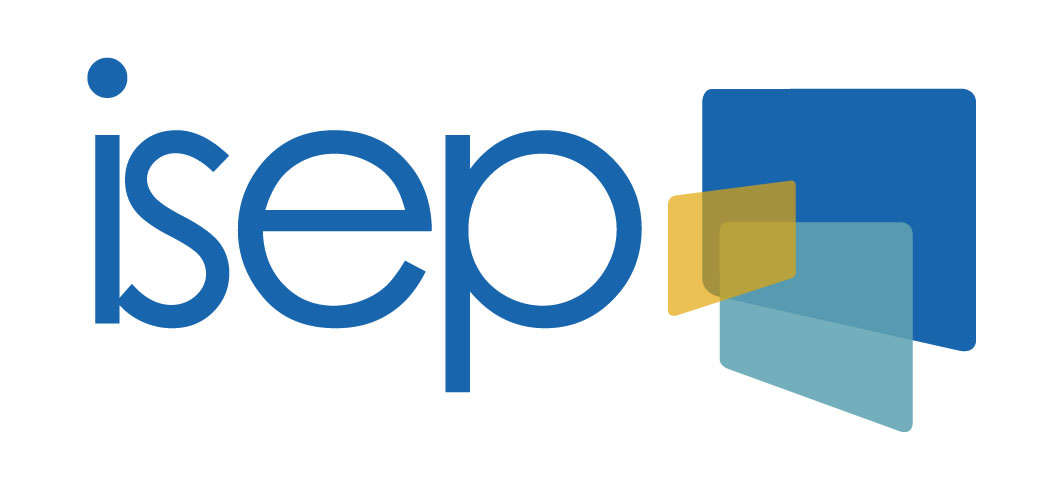 / / 
|
Research Activities
|
|
|
|
Semantic Data Stream Management
Mots clés : Data Streams, Semantic Web, Continuous querying, Sampling
- Fethi Belghaouti Thesis: Interoperability of distributed systems producing semantic data stream for decision-making
- Amadou Fall Dia Thesis (on going) : Distributed semantic filtering and summary generation from massive data streams
Collaborative projects
- WAVES (FUI 17 all for projects) : Design and development of a monitoring platform for water transport and distribution networks. The goal is to develop a solution that is relevant for the realization of a decision support system for network operators. More details here
|
Recommender systems 
Keywords: personalization, recommender systems, Web Usage Mining, semantic Web
Collaborative projects
- Solimobile Project (Proxima Mobile call for projects): Aims at providing a portal services helping and assisting people who are in different unstable situations. This project provides end users with information to facilitate the process to access to charities services from anywhere. The portal has to offer services adapted to each user profile, taking into account their preferences and navigation traces. Our work aims to provide the user with a recommendation of items (services) based on the profile. The recommendation's main function is to aggregate content from different sources and mobile Web portal and to customize the presentation of services for each user according to his profile. It allows classification or restriction of services into a selection that fits the user profile.
Under this project, ISEP provides the research brick by providing its knowledge on information personalization according to a user profile. Indeed, the study of explicit and implicit profile (through the Web Usage Mining) allows to retrieve contextual information. After a cleaning and aggregation phase, these data will permit to recommend the most interesting services to those usersby applying content and/or collaborative filtering.
|
Context-awareness meta-modelling (Post-doc position at Telecom SudParis)
Keywords: Meta-modelling, MDE, context-awareness
Summary
In ubiquitous environments, context-aware applications need to monitor their execution context. They use middleware services such as context managers for this purpose. The space of monitorable entities is huge and each context-aware application has specific monitoring requirements which can change at runtime as a result of new opportunities or constraints due to context variations. The challenges are 1) to guide context-aware application designers in the specification of the monitoring of distributed context sources, and 2) to allow the adaptation of context management capabilities by dynamically taking into account new context data collectors not foreseen during the development process. During my post doc position at Telecom Sud Paris in the MARGE team, we have propose CA3M which is based on a model-driven engineering (MDE) approach for answering the previous questions: 1) designers specialized into context management specify context-awareness concerns into models that conform to a context-awareness meta-model, and 2) these context-awareness models are present at runtime and may be updated to cater with new application requirements.
|
User context adaptation platform for multimedia documents (thesis at Telecom ParisTech)
Keywords: Adaptation, composed multimedia documents, Web services, PAAM
Summary
Ideally, any Internet user should have access to multimedia content and receive them in a format adapted to the context in which he works. However, it is not possible to provide as many versions of multimedia documents as possible contexts: the adaptation of content is needed. Our work presents a service-oriented architecture that adapts, according to a user context, multimedia composed documents. In this architecture, adaptation resources(or adaptors) are shared by nodes distributed in the network, in a P2P way. These nodes can be both users and service providers. The implementation of this adaptation platform is based on Web services. The description language of Web services is extended to describe information for adaptation so that it can easily be declared, sought and instantiated. A composition of adapters is described as a graph that can be reorganized dynamically, which helps in any disappearances adapters. We present a protocol of negotiation and acceptance that helps managers adapt to choose the best adapter. We carry a complete chain of adaptation using Web services and existing technology description languages multimedia content. An evaluation of this approach shows that the cost resulting from management adapters distributed is absorbed by the gain in parallel adaptations.
|

 /
/ 

